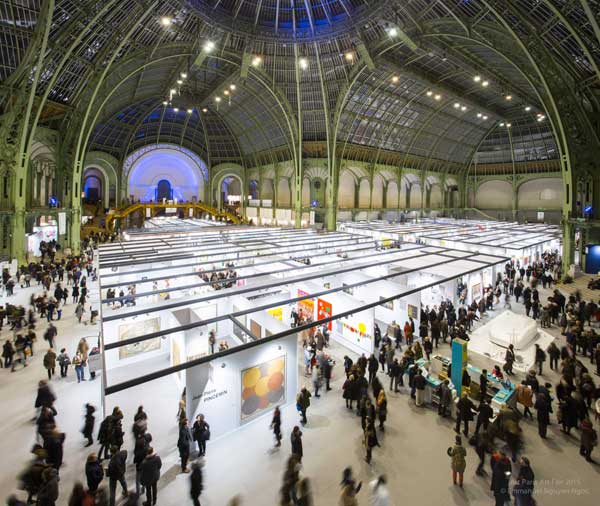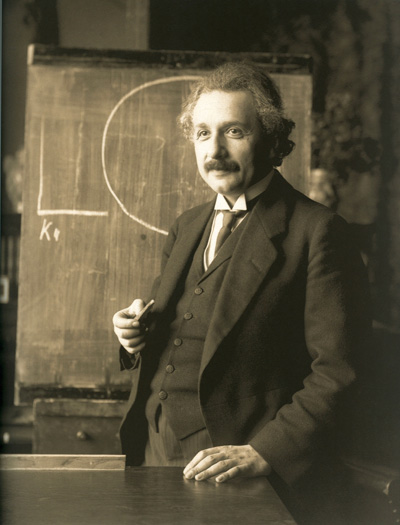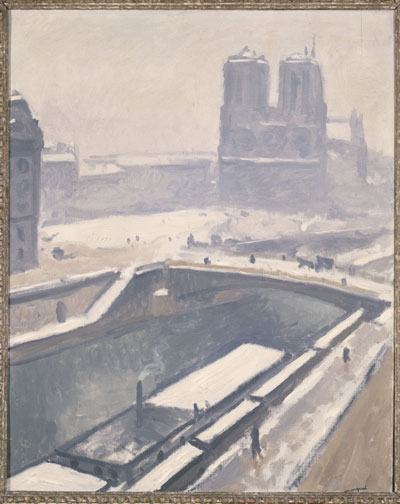SymBIO2: a project of bio-reactive facades with microalgae for more sustainable towns
Conceived by the Parisian agency of architecture X-TU, the GEPEA Laboratory and the French industrial group Séché Environnement, SymBIO2 is a project which aims to cultivate microalgae on the buildings facades, with an eye to an energy or chemical recovery of these latest.
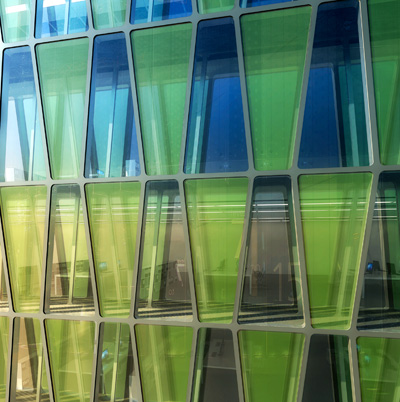
BIO3 Tower -XTU - La Défense - 2011 - close view ©XTU
Many-faceted algae
These bio-reactive facades will be made up of a water circuit set up between glass panels and will act like a greenhouse by heating the water, taking part to the formation of algae. They will then multiply in eight hours. Apart from the fact that they will contribute to reduce the greenhouse gases emissions in the urban area by consuming the atmospheric CO2, the microalgae will decrease by more than 50% the heating and cooling consumption compared to a standard building. The benefits of these algae don’t end there. Indeed, once multiplied, a part of these organisms will be harvested for the dietary supplement market, but also for cosmetic or chemistry (as a replacement for petroleum products), as natural ingredients. A first prototype called Symbiobox has been successfully tried out in Saint-Nazaire, in 2013, on the Séché Environnement’s Alcéa recovery site. These bio-reactive facades could be, over time, integrated into housings, hotels, offices, shopping centres or factories.
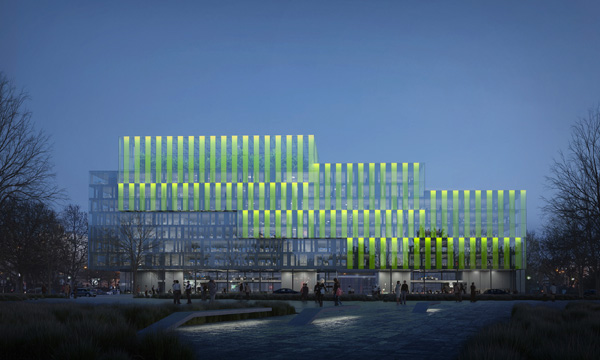
Ré-Génération-S Réinventer.Paris N2 - 2015 - night view ©XTU
- March 01, 2016
- No Comments
- 0









